20 of the Most Accurate Sci-Fi “Predictions”
It’s fascinating to read books from decades or even centuries ago and discover details and technologies that subsequently came true — even indirectly. Most sci-fi authors don’t try to predict the future but instead satirize or comment on their own times. It’s especially ironic when some readers interpret an author’s warning or worst-case scenario as a wish or suggestion, but that’s part of the complexity of fiction. Samuel R. Delany said in an interview that sci-fi doesn’t predict the future but instead offers “significant distortion of the present.” Many other sci-fi authors have made similar statements, saying their extrapolations are not predictions.
I also want to distinguish between accurate sci-fi in general and sci-fi that correctly predicted the future. Hard science fiction (for example, Andy Weir’s The Martian) is grounded in accurate technical details, but it tells stories that may or may not ever occur in real life. In contrast, the stories below offered scientific and social predictions, even if the authors weren’t trying to be prescient. These science and speculative fiction works captured or exaggerated the zeitgeist of their own times or the near future. It’s sometimes impossible to pinpoint the first person who ever developed an idea. Still, these authors’ fictional inventions and social changes ended up somehow anticipating the future.
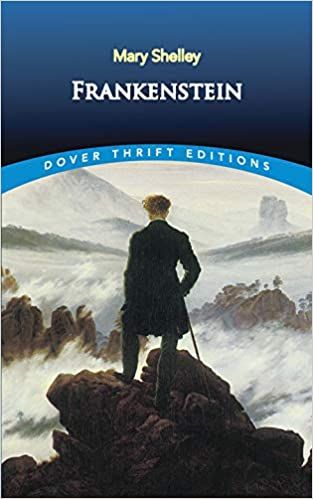
Frankenstein by Mary Shelley
Mary Shelley’s 1818 novel, written when she was 17, is widely considered the first science fiction novel. Although, some still debate whether it’s more of a horror or sci-fi novel. Some readers think it predicted future innovations from organ transplants to genetic engineering. Although I don’t think these are precise predictions, the book undoubtedly influenced many genres and made readers imagine scientific progress differently.
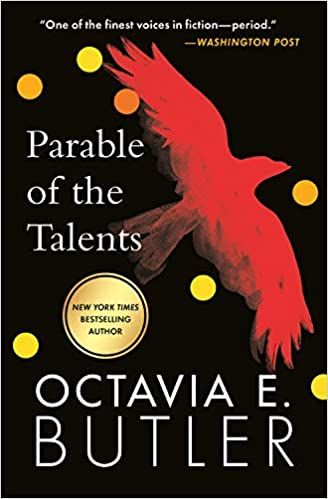
Parable of the Talents by Octavia Butler
During Donald Trump’s presidential campaign in 2016, several writers pointed out the similarities to Andrew Steele Jarret, a bigoted presidential candidate in Butler’s dystopian novel from 1998. Butler’s character even uses Trump’s slogan, “Make America great again.” Ronald Reagan also briefly used the slogan “Make America great again,” but Trump trademarked it decades later. In a speech at MIT, Butler said, “This was not a book about prophecy. This was a cautionary tale, although people have told me it was prophecy. All I have to say to that is: I certainly hope not.”
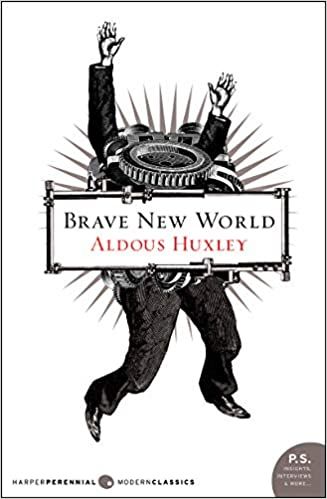
Brave New World by Aldous Huxley
In 2018 on BR, I noted that, 65 years before humans would clone mammals, this 1932 dystopian novel described cloning entire social classes of people through the “Bokanovsky’s Process.” I find the cloning process the novel’s most remarkable idea. Some readers, however, think that its mood-altering drug, Soma, was more prescient and anticipated antidepressants.
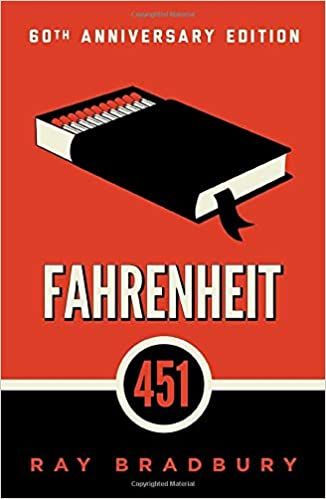
Fahrenheit 451 by Ray Bradbury
This 1953 dystopian novel contains in-ear listening devices called Seashells. People have recently compared these to Bluetooth and AirPods. This is impressive, considering they even predate stereo headphones, and transistor radios were new technology then. The novel’s other innovations include flat-screen TVs and banking machines, which resemble ATMs.
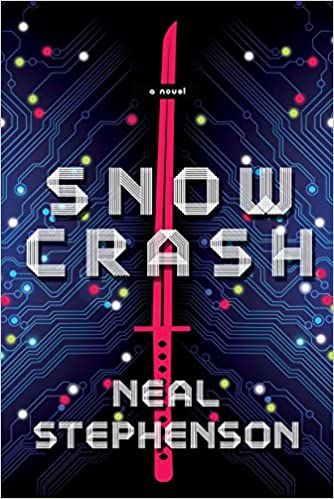
Snow Crash by Neal Stephenson
When Facebook changed its name to Meta in 2021, several people pointed out that Neal Stephenson coined the word Metaverse in his 1992 cyberpunk novel. Like many other examples in this article, Stephenson’s Metaverse is dystopian. Snow Crash’s characters are so poor that virtual reality seems preferable to their bleak lives and tiny living spaces. So, I think Meta’s claim that people will enjoy playing, shopping, and working in their Metaverse seems bizarre and deeply ironic.
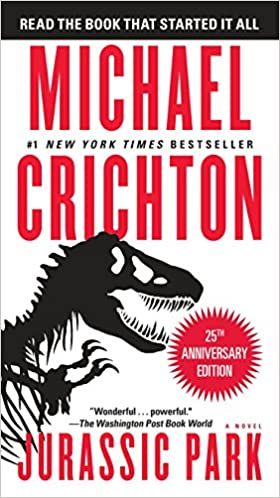
Jurassic Park by Michael Crichton
This bestselling 1990 novel and its blockbuster 1993 movie imagine scientists cloning dinosaurs from reconstructed DNA fossilized in amber. All the books and movies clearly warn that this would be a terrible idea. Still, as recently as 2021, scientists announced their desire to clone prehistoric animals. We’ve seen this story before. So, what’s the worst that could happen? Maybe we should listen to Dr. Ian Malcolm’s warnings.

Sultana’s Dream by Rokeya Sakhawat Hossain
In 1905, the Bengali writer and feminist activist also known as Begum Rokeya wrote about a fictional, futuristic society: a feminist utopia, ruled exclusively by women. She also imagined video calls, flying cars, and solar power long before other sci-fi authors did. In 2019 on BR, Ann-Marie Cahill wrote about Begum Rokeya and other underrated science fiction writers.
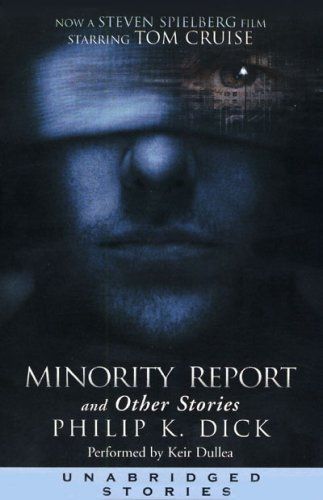
The Minority Report by Philip K. Dick
In this 1956 novella, some characters can use machines to predict crimes. So-called criminals are arrested preemptively, before crimes can even occur. The book anticipated the increase in surveillance and profiling around the time of the movie adaptation, Minority Report, in 2002. Today, with algorithms trying to predict people’s habits, increased surveillance technology, and even iris and retinal scans, it seems more prescient than ever.
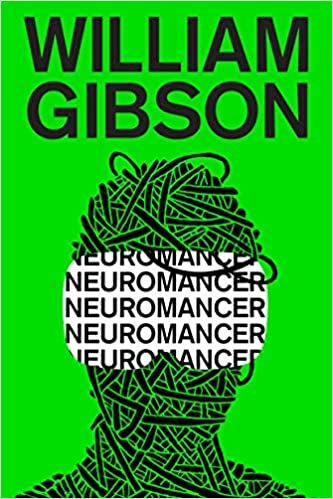
Neuromancer by William Gibson
Gibson coined the term cyberspace in his 1982 short story “Burning Chrome.” He defined it as “widespread, interconnected digital technology,” which sounds just like today’s internet. Then, in his 1984 debut novel Neuromancer, he expanded on these ideas. A defining cyberpunk novel, it describes augmented reality and virtual reality headsets like those that Oculus Rift makes today. Gibson changed our ideas of the internet forever.

Babel-17 by Samuel R. Delany
This 1966 novel explores the relationship between language and thought. Today, it’s often paired with Delany’s novella Empire Star, as he originally intended. Babel-17 doesn’t predict a specific event, but today’s scientists have more evidence of the ways language can shape our thoughts. Many of the “stronger” versions of the Sapir-Whorf hypothesis in which Delany believed at the time have been largely discredited, but linguists and neuroscientists still study how language and culture form our thoughts in complicated ways.
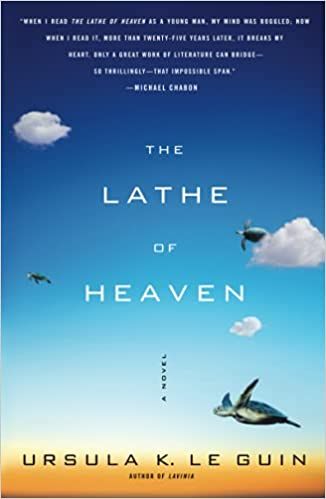
The Lathe of Heaven by Ursula K. Le Guin
When an unethical psychotherapist learns that one patient’s dreams can alter reality, he manipulates the patient’s dreams for his own ends. This book is set in 2002, when the polar ice caps are melting, temperatures are rising due to greenhouse gases, and there’s a long war in the Middle East. Although scientists had known for decades that carbon emissions could cause global warming, Le Guin’s 1971 novel is still eerily accurate, considering what 2002 was really like. It’s also about gradual abuses of power and boundaries.

Akira by Katsuhiro Otomo
This 1982 manga series contains a strangely specific prediction. The 2020 Olympics are held in Tokyo, during an epidemic, while protesters call for them to be cancelled. In real life, the 2020 Olympics, in Tokyo, were postponed until 2021 due to the COVID-19 pandemic. In 2020, theories that this manga and its 1988 film adaptation predicted the COVID-19 epidemic were highly exaggerated. References to epidemics are not central to the plot, but it’s a striking coincidence.
“Spider The Artist” by Nnedi Okorafor
This short story published online in 2011, by the author of Binti and Who Fears Death, deals with domestic violence, technology, and colonialism. In the story, oil companies create robots to guard their pipelines, and a woman unexpectedly befriends one of these robots. Today, robots on pipelines are part of the trend to automate the dangerous work of human employees. The commercial use of technology developed for the military (for example, drones) has also increased since the story’s publication.
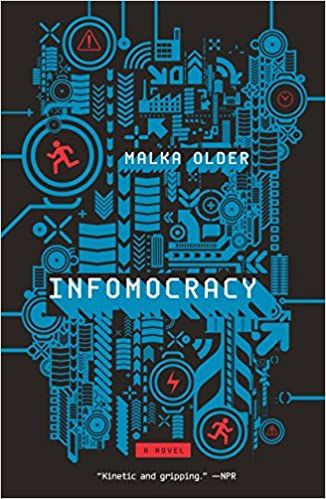
Infomocracy by Malka Older
This sci-fi novel depicts a future where information technology completely controls politics. It was published in June 2016, just months before the 2016 Presidential election. After the election, when the public learned that Cambridge Analytica had used Facebook ads to micro-target voters, many people called the book prescient. However, in 2017, Older wrote that she was “not predicting the future, just observing the present.”
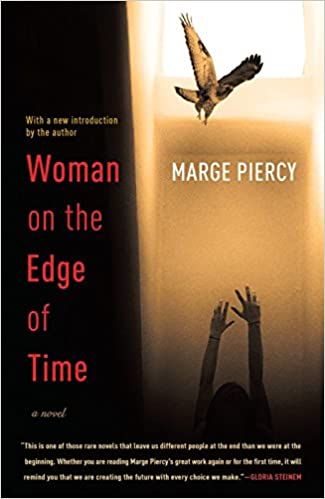
Woman on the Edge of Time by Marge Piercy
This 1976 novel predicts the popularity of minor, cosmetic procedures, like lip fillers. It also foreshadows huge political changes, including the increased influence of corporations in politics. It anticipates the 2010 Supreme Court ruling Citizens United, which gave corporations and super PACs unprecedented influence over elections. It also predicts civil rights protections for LGBTQIA people.
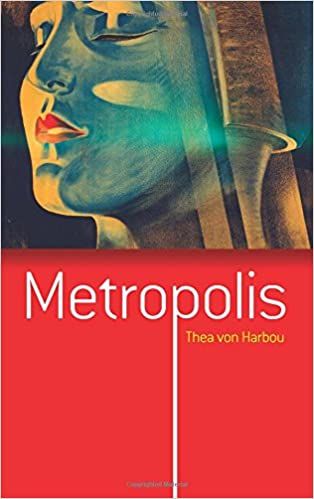
Metropolis by Thea von Harbou
Thea von Harbou and her husband, Fritz Lang, adapted her 1925 novel into the 1927 film, also called Metropolis. The book and movie envisioned androids, human-like robots, long before scientists would create them. They’re also considered prophetic for their critiques of capitalism.

All You Need is Kill by Hiroshi Sakurazaka and Yoshitoshi ABe
This Japanese science fiction light novel from 2004 features robotic, powered exoskeletons, used by the military. By 2015, powered exoskeletons were used as assistive devices to help people walk, although they’re still inaccessible and prohibitively expensive to many disabled people. Previous attempts to create exoskeletons for military use were unsuccessful. The novel inspired the 2014 U.S. movie Edge of Tomorrow.
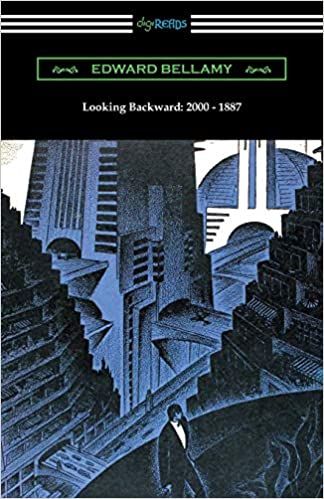
Looking Backward: 2000–1887 by Edward Bellamy
Bellamy was the first person to coin the term “credit card” in 1888. The first real credit card would not be invented until 1950 — 62 years later. The protagonist of this novel falls asleep for 113 years, Rip van Winkle-style. He wakes up in the year 2000, in a utopian society. Here, people buy items on credit in stores resembling a modern wholesale clubs like BJ’s or Costco. Bellamy’s ideas generated a lot of discussion soon after publication.
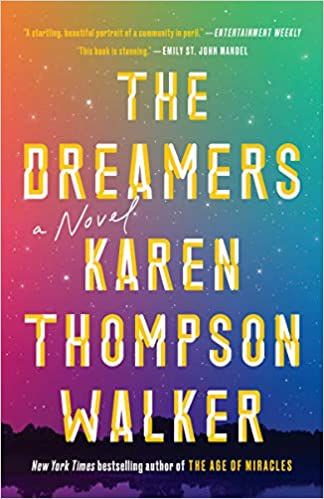
The Dreamers by Karen Thompson Walker
Published in 2019, this novel has some eerie parallels to the COVID-19 pandemic. A new, highly contagious virus appears suddenly, people buy face masks to contain the spread, and a town is quarantined. Some people believe the virus is a hoax. People even have heightened, vivid dreams in the novel, which many people have reported during the COVID pandemic.
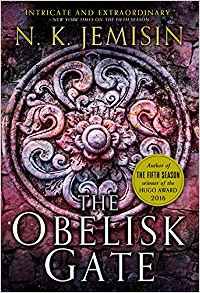
The Obelisk Gate by N. K. Jemisin
Spoilers ahead: the second volume of the Hugo- and Nebula winning Broken Earth trilogy, from 2016, reveals that people called Guardians control their charges through metal implants in the Guardians’ brains. In 2019, Elon Musk said his company Neuralink could “solve” disabilities by implanting AI chips in disabled people’s brains. Disabled people, including me, called out Musk’s plans as dangerous and ableist. I tweeted a comparison to the fictional implants, which are oppressive, violating, and a source of generational trauma in the books.
But are these really predictions?
It’s debatable, but I don’t think so. Most of them are interesting coincidences or astute observations of the authors’ present. In William Gibson’s case, for example, he influenced the future as much as he predicted it. The goal of sci-fi is not prediction but imagining stories free of constraints. Authors aren’t oracles and usually aren’t trying to predict anything. For every vision of the future that seems prophetic, there are others that end up absurdly inaccurate or dated.

إرسال تعليق
0 تعليقات